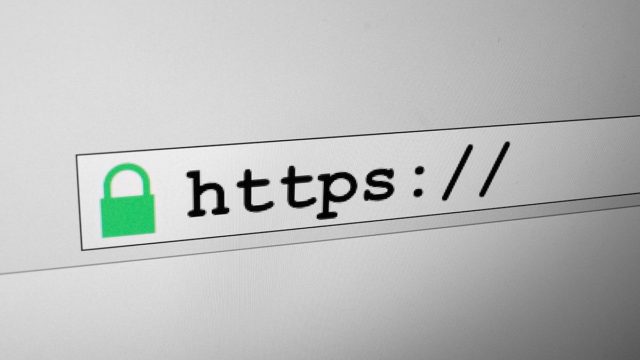In recent years, data theft and hacking attempts have seen an alarming rise. Hence, security has become a critical factor for site owners. When you decide to launch a website and start looking at web hosting plans, you try to make sure that the server is secure and the provider uses the latest tools to scan for vulnerabilities and patch them. However, there is another area where hackers can steal data from – when the information is being exchanged between your server and the user’s device.
To ensure that data is not stolen while being transmitted to and from your server, you can buy an SSL certificate and install it. This creates an encrypted channel of communication with each user. A website with an SSL certificate can be identified with an HTTPS in its URL as opposed to HTTP. Today, we will offer a step-by-step guide to help you migrate your website to HTTPS.
What is an SSL Certificate?
An SSL (Secure Socket Layer) Certificate is a data file that encrypts the communication between two devices and ensures that hackers can’t easily gain access to it. This helps the site owners in ensuring that the information being shared between the user and the site is secure.
The following video explains the meaning of SSL Certificates in detail:
What is HTTPS?
HTTPS is the abbreviation for HyperText Transfer Protocol Secure. With the HTTPS protocol, all requests to the server are authenticated, and data is encrypted before being shared with a user.
How to get HTTPS for your current website?
To get HTTPS for your current website, you need to follow the steps mentioned below:
Step 1: Purchase an SSL Certificate
There are official Certification Authorities or CAs that issue SSL Certificates. They are the backbone of the encrypted connection between devices. When a user visits a site with HTTPS, the SSL Certificates are accessed to ensure data encryption. There are three types of SSL Certificates available:
- Domain Validation or DV Certificates
- Organization Validation or OV Certificates
- Extended Validation or EV Certificates
Each of these certificates is best suited to specific sites. Ensure that you understand them before buying.
Step 2: Install the SSL Certificate on the Web Server
Usually, the hosting providers take care of the installation of SSL Certificates on the server. Ensure that you check with the provider before making the purchase. If the provider is not offering this service, then you might want to hire an IT professional to ensure that this is done without any errors.
Here are some things to keep in mind as a site owner:
- Check the validity of the certificate before buying. If you install an invalid or expired certificate, then it can have a negative impact on your web presence.
- Use 301 redirects to ensure that there is no duplicate content online. An error here can result in the search engine expecting different content from the HTTP and HTTPS pages.
- Align your advertising accounts like Google Adwords, Bing Ads, etc., to ensure that unencrypted content is not placed on your HTTPS site.
- Register the HTTPS site in the Webmaster Tool and Google Analytics. Remember, technically speaking, HTTP and HTTPS versions are two different sites.
- Update the XML sitemaps
- Check all internal and external links
Summing Up
An SSL Certificate for a website offers a range of benefits. Also, since Google started displaying a Not Secure label in the address bar for sites without a website security certificate (SSL), the bounce rates for HTTP sites have increased. Hence, installing one is essential for brand image, SEO, security, and user trust. Follow the steps mentioned above and get HTTPS in the URL for your site today! Good Luck!








